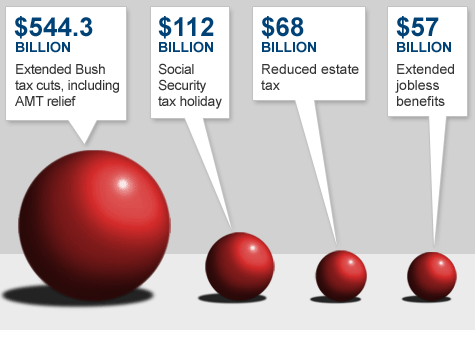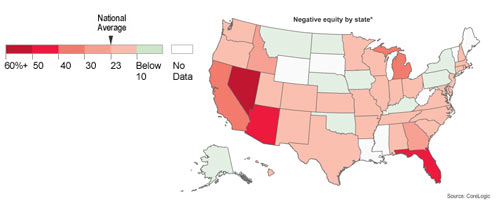In the past couple of years a lot of people have been enticed into purchasing new windows, doors or other energy efficient home improvements because of the $1500 in tax credits that are available on qualified energy efficient home improvements. I think this last week of 2010 may see a flurry of activity as thousands of people rush to home improvement stores and contractors to get improvements done before the end of the year, and the expiration of the $1500 tax credit. Why you ask? Because the 2011 home improvement tax credit has been reduced in the amount, in addition to what qualifies. From the latimes.com
provisions in the bill could be bad news for homeowners interested in remodeling projects to conserve energy next year. The legislation slashed the popular tax credits for energy-efficient remodeling from 30% of an improvement’s cost ($1,500 maximum per taxpayer) to just a 10% credit with a $500 maximum for expenditures on insulation materials, exterior windows and storm doors, skylights, and metal and asphalt roofs that resist heat gain.
Energy Efficient Home Improvement Tax Credit For 2011
The home improvement tax credit we've had for the past 2 years allowed homeowners to claim up to 30% of cost of the home improvement, up to $1,500. The amount of that credit is substantial enough that a lot of people were deciding to finally upgrade old windows or doors – $1500 was just too much to pass up.
That tax credit is expiring on December 31st, 2010 (so act this week if you want in!). The tax cut package passed last week passed a new version of the tax credit for 2011, but the amounts have been reduced. Here are the details.
- Home improvement tax credit: 10% of cost of the home improvement, up to a maximum of $500.
- Expiration: December 31, 2011
- Eligibility: Must be on an existing home & your principal residence. New construction and rentals don’t qualify.
- Reduced max credits: Some items have reduced maximum tax credits now as well. Details below.
So you can receive at most a home improvement tax credit of $500. If you've already received credits totaling $500 or more from 2005-2010, you aren't able to claim the credit in 2011.
What Products Are Eligible For The 2011 Home Improvement Tax Credit?

Most of the same products that were eligible for the 2010 home improvement tax credit are eligible for the 2011 version. The amounts on most have just been reduced and/or capped. Some of the eligible products include:
- Energy efficient doors and windows. Installation costs are not eligible for the credit. Other restrictions apply. EnergyStar windows have a max of only $200 eligible for the credit
- Water Heaters. Credit includes installation costs; some restrictions for energy efficiency apply. $300 max credit.
- Insulation, whether spray foam, fiberglass, or blow-in cellulose, they’re all covered so long as they meet IECC requirements. Installation cost is NOT covered.
- HVAC components, including advanced air handlers, air force heat pumps, central A/C units, boilers, propane, and gas furnaces. Tax credits include installation costs. $300 limit, and furnaces must now be 95% efficient.
- Biomass Stoves. $300 credit limit.
- Metal and asphalt roofs. Credit doesn’t include installation costs.
According to the government site, some of the tax credits allow you to claim installation costs, while other credits do not. To find out if your product is included, and whether you can include installation costs, check the government site here.
Applying For The 2011 Tax Credit?
To claim the energy efficient products tax credit, you’ll need to claim the credit on your 2011 taxes in 2012. There will be a form from the IRS to send in with your return. (I’ll update with a link once it becomes available). The product has to be placed in service in 2011.
2011 Federal Income Tax Brackets for your reference.
Willl People Still Take Advantage Of The Credit?
The tax credits have been greatly reduced for many products. For example, if you replaced your windows last year, you may have been able to claim the full $1500 credit. This year, you'd be maxed out at $200. That's quite a drop.
Will that mean that less people go out to buy these energy efficient home products? Most likely. To me that really reduced the effectiveness and the reason for the credit. Why even have it if it doesn't have a stimulus effect?
A lot of building industry folks aren’t happy about the reduction in the credit either.
The net effect of all this, say home building and remodeling experts, will be to severely diminish consumers’ interest in energy-efficient home improvements. Donna Shirey, chairwoman of the Remodelers Council of the National Assn. of Home Builders and president of a contracting firm in the Seattle area, said the gutting of energy-efficiency credits “is a big step backward. It’s bad for the environment, bad for consumers and, of course, bad for jobs in our industry. We’re heading the wrong way here, sending absolutely the wrong message.”
What are your thoughts about the reduction in the amount of the credit? Do you think it will have a negative effect on home remodelers, contractors and other building trades? Tell us your thoughts in the comments.


